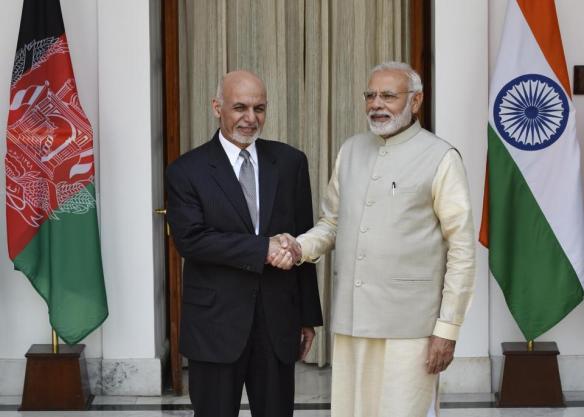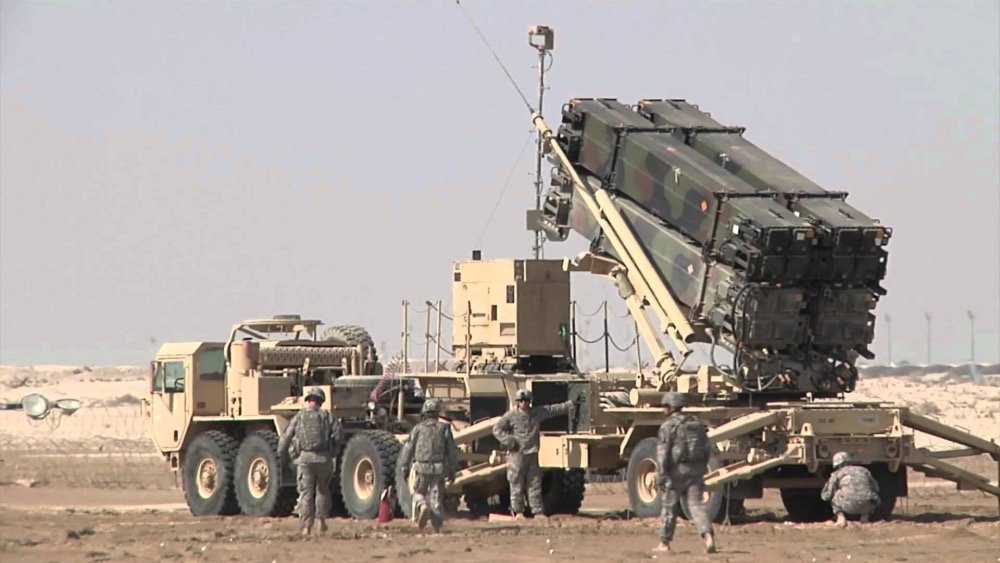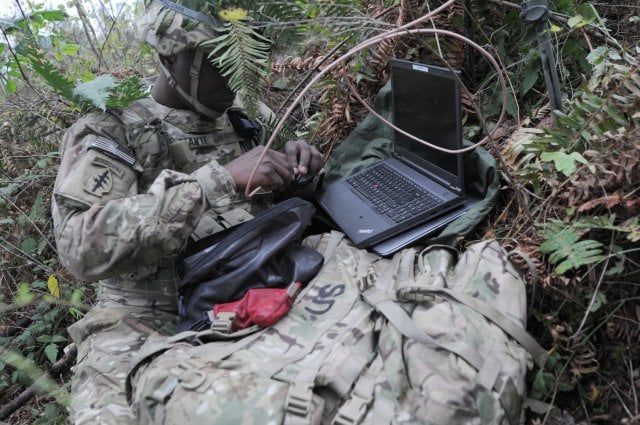 When US President Donald Trump joins Prime Minister Narendra Modi’s 50,000-strong public rally in Houston, it will showcase the strength of the US-India relationship. But the powerful symbolism of the event should not blind us to the divergent US and Indian interests in India’s neighbourhood, especially the Afghanistan-Pakistan (Af-Pak) region. Indeed, before the rally, Trump will likely get the India trade deal that he has sought.
When US President Donald Trump joins Prime Minister Narendra Modi’s 50,000-strong public rally in Houston, it will showcase the strength of the US-India relationship. But the powerful symbolism of the event should not blind us to the divergent US and Indian interests in India’s neighbourhood, especially the Afghanistan-Pakistan (Af-Pak) region. Indeed, before the rally, Trump will likely get the India trade deal that he has sought.
The spectacular collapse of the deal the chief US negotiator, Zalmay Khalilzad, concluded with the Afghan Taliban is unlikely to compel the United States to adopt a long-term approach to the Af-Pak region so that it ceases to be the global hotbed of terrorism. Even if Trump had signed off on the deal, it would not have brought peace to war-ravaged Afghanistan. Indeed, it would have only triggered a new war between Afghan nationalists and Pakistan’s proxies.
Successive US presidents’ short-range approach to the Af-Pak region has fostered Afghanistan’s destabilization and cemented the Pakistan military’s grip on decisive power within the country. It has also meant enduring security costs for India.









